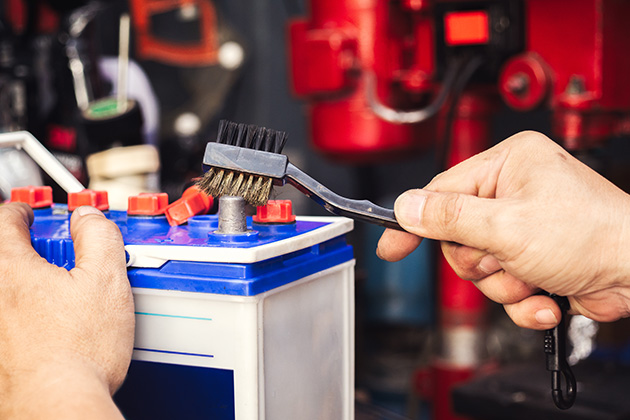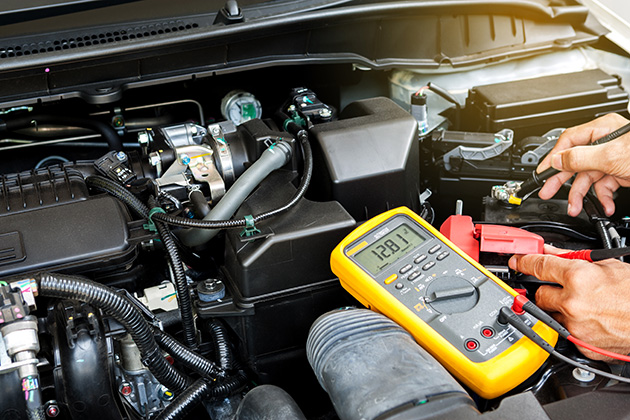An unexpected flat battery can be a big inconvenience. Here's how to keep yours in good condition for longer.
Though factors like harsh weather conditions and the way you use your car can affect your car battery’s lifespan, it is possible to prevent your battery from going flat prematurely.
On average, car batteries last between three and five years. If you want to avoid needing to change yours after just one or two, here are five simple ways to help extend its lifespan.
1. Don't leave your car unused for long periods of time
If your car is inactive for days at a time (or if it’s only taken on short trips), the battery won’t have sufficient time to recharge.
Your car will perform at its best when it’s used regularly, so if possible, take it out for a 30-minute drive at least once a week to warm up the engine and circulate your car’s fluids.
If it will be left unused for more than two weeks, it’s likely your car battery will need attention when you next use your car. The best thing to do is ensure it is fully charged, and check that the electrolyte levels are correct (if it has removable caps). If in doubt, contact RAC or an automotive workshop for further advice.
RELATED:
How to maintain your car when it's not in use »
2. Clean your battery regularly
Grime, dirt or dampness on a car battery can cause leakage across the battery casing, which could cause it to go flat This surface-level grime can be easily removed with a sponge and a dry cloth. Do this at least once a month to avoid build-up.
Unfortunately, corrosion on battery terminals and battery lead clamps is common. Corroded terminals and lead clamps can hinder the flow of electricity through the battery, so it’s crucial that grime or build-up is cleared to ensure your battery’s longevity and efficiency. Ask your mechanic to clean the terminals during servicing, if needed.

3. When your car's engine isn't running, don't use electronic accessories
Keeping your headlights, and/or interior lights on, or turning the ignition on to run the infotainment system without starting the engine, can drain the battery. This is because your car’s alternator is shut down when the engine is switched off, so electronic accessories instead drain power from your car’s battery.
To avoid this, get into the habit of checking that everything (most importantly, your lights) are switched off every time you exit your car.
Also, don’t forget to lock your car when you leave it. This isn’t just for security purposes – your car’s computer system may still be running if you leave your car open, and this could be draining your battery without you even knowing it.
4. Regularly test your battery voltage
This one won't extend the life of your battery but it will give you an early warning, so you don't get caught out when it does go flat. Proactively testing your battery could potentially save you from a breakdown or battery failure while out on the road. Qualified mechanics will be able to perform a battery test for you, or you can do a test at home yourself between car services.
The simplest way to test your battery’s voltage is by using a voltmeter. Diigital voltmeters are the easiest to use. For the most accurate reading, complete the voltage test at least twelve hours after your car's ignition has been switched off.
Start by connecting the positive voltmeter lead to the positive terminal on your battery and repeating with the negative lead. You’ll then receive a voltage reading. A fully charged battery will usually display a reading between 12.4 and 12.8 volts. If your voltage reading falls outside of these numbers, it’s likely your battery requires a professional inspection from a mechanic.

To prevent the chance of an unexpected breakdown, it’s best to have your car battery professionally tested. At your next car service, ask the mechanic to check that your battery is in good condition and is charging correctly.
Last updated: June 2023
Need a new car battery? You can rely on us to power you on the road. Call us 24/7 for same day delivery.* Plus, members get 10% off. *Same day delivery dependent on stock availability.
